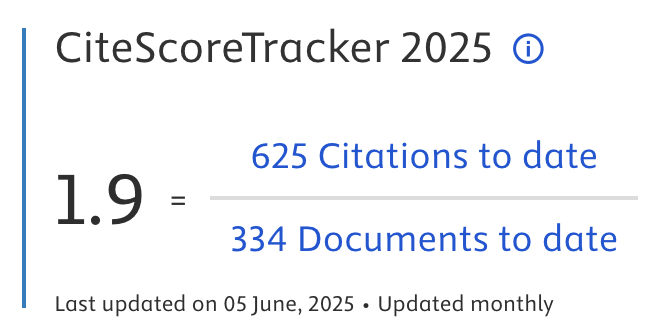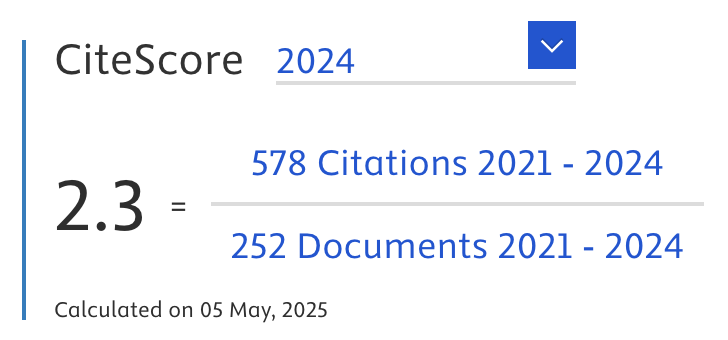Artificial Intelligence Techniques for Early Autism Detection in Toddlers: A Comparative Analysis
Abstract
Individuals with autism spectrum disorder are often characterized by complications in social interaction and communication, which can be attributed to disruptions in brain development affecting their perception and interaction with others. While ASD is not a treatable condition, early detection and diagnosis can significantly mitigate its effects. Recent advancements in artificial intelligence have enabled the development of novel diagnostic tools, which can detect ASD at an earlier stage than traditional methods. This study attempts to enhance and automate the diagnostic process by employing a variety of machine learning techniques to identify the most critical characteristics of ASD. To this end, we employed six state-of-the-art machine learning classification models, including Support Vector Machine, Random Forest, k-Nearest Neighbors, Logistic Regression, Decision Tree, and Naive Bayes classifiers, to analyze and predict ASD in toddlers using a non-clinical ASD dataset. Our evaluation focused on a range of performance metrics, including accuracy, precision, recall, and F1-score, to assess the efficacy of each model. Notably, the Logistic Regression model demonstrated the highest accuracy in diagnosing ASD in toddlers, achieving a perfect score of 100% across all metrics.
Article Metrics
Abstract: 485 Viewers PDF: 309 ViewersKeywords
Autism Spectrum Disorder; Toddlers; Q-Chat-10; Artificial Intelligence; Machine Learning; Early Diagnosis; Classifier.
Full Text:
PDF
DOI:
https://doi.org/10.47738/jads.v5i4.353
Citation Analysis:
Refbacks
- There are currently no refbacks.

Journal of Applied Data Sciences
| ISSN | : | 2723-6471 (Online) |
| Collaborated with | : | Computer Science and Systems Information Technology, King Abdulaziz University, Kingdom of Saudi Arabia. |
| Publisher | : | Bright Publisher |
| Website | : | http://bright-journal.org/JADS |
| : | taqwa@amikompurwokerto.ac.id (principal contact) | |
| support@bright-journal.org (technical issues) |
 This work is licensed under a Creative Commons Attribution-ShareAlike 4.0
This work is licensed under a Creative Commons Attribution-ShareAlike 4.0





.png)